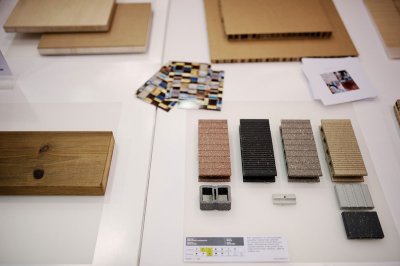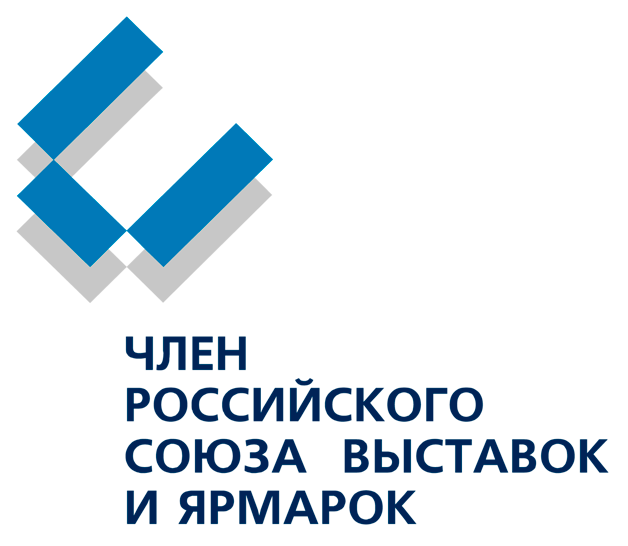Wood – Material of the Future

MATERIA's exhibition of innovative composite materials out of raw wood is one of the main sectors of the exhibition "TEKHNODREV SIBERIA" in "Novosibirsk Expo Centre". MATERIA is located in Netherlands and was founded by the architect Els Zijlstra. Today it represents a whole network connecting producers of different materials thoughout the world, and is at the same time an educational centre accumulating knowledge about them. Descriptions of thousands of materials are collected at the company website, and the most interesting of them are being represented by experts at the international exhibitions and forums.
The main idea Els delivers to her listeners: current challenges of the humankind, such as uncontrolled growth of population, leading to depletion of the exhaustible energy sources (crude oil, conventional gas etc.) require new approaches to the primary production and use of the raw materials.
"Wood and other biomaterials have widely been used in the past. Later on people began to replace them for concrete, different metalls, minerals, plastics. However the danger of these materials lies in the fact that their manufacturing requires extravagant costs, and it is a very complicated process. Thus presently wood not only regains bygone popularity, but also becomes the material of the Future" – states Els and comes up with fantastic examples of its usage.
Combination of wood with other components leads to development of absolutely new materials with incredible qualities. One of them is Arboform (or liquid wood) – a strong and thermoplastic material consisting of hogged wood, soft tissues of which contain polymers, generating a product with qualities of both plastic and wood. Another example – Dendrolite – is the wood with a very high strength index, but much lighter than the massive wood material. Assoya wood, derived as a result of treatment with a special acid compound, features dimensional stability and longevity, leaving behind the best types of tropical hard wood. Besides, such combination of raw materials produce wood, which permits light through, has increased acoustic properties, is bendable etc.
Another way of increasing wood usage efficiency, which according to Els, should be put at stake, is the combination of traditional and smart-materials. These "intellectual" materials are known for their capability to react to the environmental changes.
"Similar to a man, who pulls back his hand away from the fire thanks to the sensor signals entering his brain and then being communicated to the muscles, the smart-materials change their condition depending on the changing temperature, humidity, pressure and so on." – explains Els.
Due to such properties a coating has been designed, which resembles a lotus leaf. Its surface always remains clean, because it repels water: having landed on it, water forms tiny beads and rolls down. Besides, materials emerged, which are capable of accumulating thermal energy. It allows to avoid temperature fluctuations indoors and conserves heat during frosty weather and coolness during hot weather. As fantastic seems to be the property of wood to produce electric energy. It emerges with the contrasting temperatures on opposite sides of a product manufactured from this material. For instance, a sleeping bag made of smart-material, is able to produce overnight electricity enough to charge a cell phone!
One more promising approach to the use of materials is secondary use of the recycled resources, called "new garbage" in the West. Such "garbage" serves as basis for heat-insulating and finishing materials, furniture and even clothes. Thus a London designer Elisa Strozyk created the "Wooden style" for her graduation work, which is based on plywood scraps from the wood processing shop located close to her college. Elisa used a laser to cut scores of small triangles which were then attached to a piece of fabric.
Therefore, wood contains enormous potential of being used on most diverse scales and in various spheres of activity, and it deserves to be called the material of the Future.
Back








